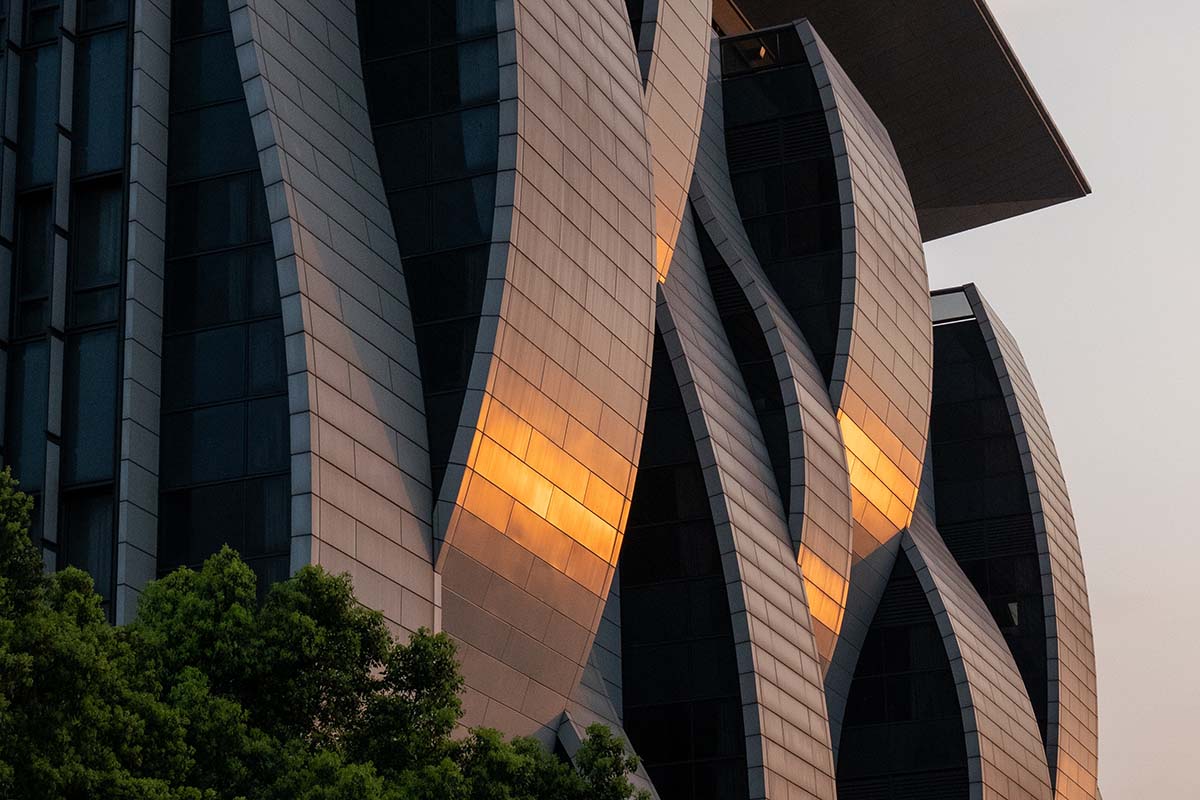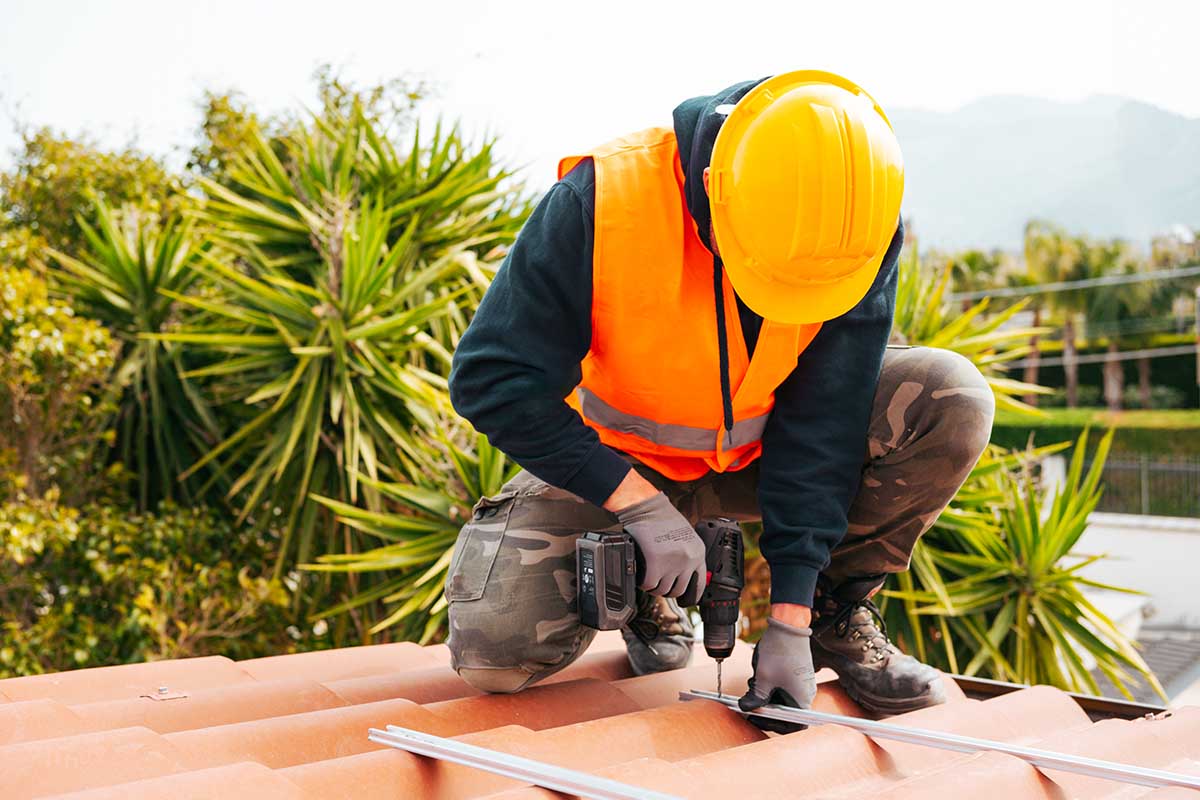Why Eco-Friendly Synthetic Grass Is Having a Major Moment Right Now
Here’s Why Synthetic Grass Is Gaining Ground
- It helps save water (a lot of it). Traditional lawns use thousands of gallons of water per year. With synthetic grass, you skip watering completely—something that matters big-time in drought-prone areas.
- It cuts down on harmful chemicals. No more pesticides, herbicides, or fertilizers needed. That means fewer toxins in the soil, in your pets’ paws, and ultimately, in our water systems.
- It’s durable, low-maintenance, and looks great year-round. Newer materials are UV-resistant, soft to the touch, and designed to handle everything from kid’s play to weekend parties—without turning into a muddy mess.
A friend of mine recently asked why so many homeowners and businesses are replacing real grass with artificial turf—and honestly, it’s not just about skipping lawn maintenance anymore.
We’re in an era where every choice—from our groceries to our gardens—is shaped by sustainability.
And if you’re trying to reduce water use, cut down on chemicals, or just stop fighting patchy grass every summer, eco-friendly synthetic grass is worth your attention.
Once seen as just a shortcut for aesthetic curb appeal, today’s synthetic grass is smarter, greener (literally and figuratively), and even stylish.
Think sports fields, rooftops, dog runs, backyard patios—even office design projects.
Why It’s Trending Now
As climate concerns grow and water restrictions become more common, especially in cities like Los Angeles, Phoenix, or Austin, sustainable landscaping is no longer niche—it’s necessary.
Artificial grass fits perfectly into that shift, offering both environmental benefits and visual payoff.
In Utah artificial grass installation is revolutionizing landscapes, and this article delves into its eco-friendly aspects.
Where You’ll See It More Often
Modern home exteriors with minimal, drought-tolerant landscaping;
Urban rooftops turned into functional green spaces;
Dog parks and pet areas where real grass wears down too fast;
Commercial properties aiming for LEED certification or reduced maintenance;
Creative interiors like kids’ playrooms, event spaces, and even retail displays.
Preserving Utah’s Natural Beauty
Utah, known for its stunning landscapes and national parks, is a state that treasures its natural beauty.
The demand for lush green lawns amidst Utah’s arid climate can often lead to excessive water consumption and the use of harmful pesticides.
However, artificial grass presents an alternative that conserves water and eliminates the need for toxic chemicals.
Water Conservation
Water scarcity is a growing concern worldwide, and Utah is no exception.
Adopting artificial grass significantly reduces water usage in residential and commercial landscapes.
Unlike natural grass, which requires regular watering to stay healthy and vibrant, synthetic turf remains lush and green without constant irrigation.
Utah residents can positively impact water conservation efforts by embracing artificial grass and contributing to a more sustainable future.
Minimizing Chemical Usage
Maintaining natural grass often involves using pesticides, herbicides, and fertilizers to combat pests and maintain its appearance.
These chemicals can have detrimental effects on human health and the environment.
Artificial grass eliminates the need for such harmful substances, creating a safer and healthier living environment for families and pets in Utah.
Residents can reduce chemical pollution by choosing synthetic turf and improving their communities’ air and water quality.
Reduced Carbon Footprint
In Utah, artificial grass installation promotes water conservation, reduces chemical usage, and significantly reduces carbon emissions.
The maintenance of natural grass requires regular mowing, which typically involves gasoline-powered lawnmowers emitting greenhouse gases into the atmosphere.
Artificial grass helps mitigate air pollution and reduces carbon footprints by eliminating the need for mowing.
This eco-friendly alternative aligns with the city’s commitment to environmental sustainability and helps protect its unique natural landscapes.
Waste Reduction and Recycling
Artificial grass production involves recycling and repurposing materials, making it an eco-friendly choice.
Most synthetic turf manufacturers use recycled materials like plastics to create products.
Additionally, artificial grass can be recycled at the end of its lifespan, reducing waste.
Utah’s dedication to recycling and waste reduction aligns perfectly with the environmentally conscious features of artificial grass.
Eco-friendly side of artificial grass: conclusion
Beyond its aesthetic appeal, artificial grass offers many eco-friendly benefits that are revolutionizing how you think about landscaping.
In Utah, where preserving natural beauty and conserving resources is paramount, synthetic turf provides a sustainable solution.
By embracing artificial grass, residents can actively contribute to water conservation, minimize chemical usage, reduce carbon footprints, and promote waste reduction.
It’s a positive step towards creating a greener future for Utah and an example for other regions.
Embracing the eco-friendly side of artificial grass and witnessing its transformative power for the environment is a commendable choice.



















